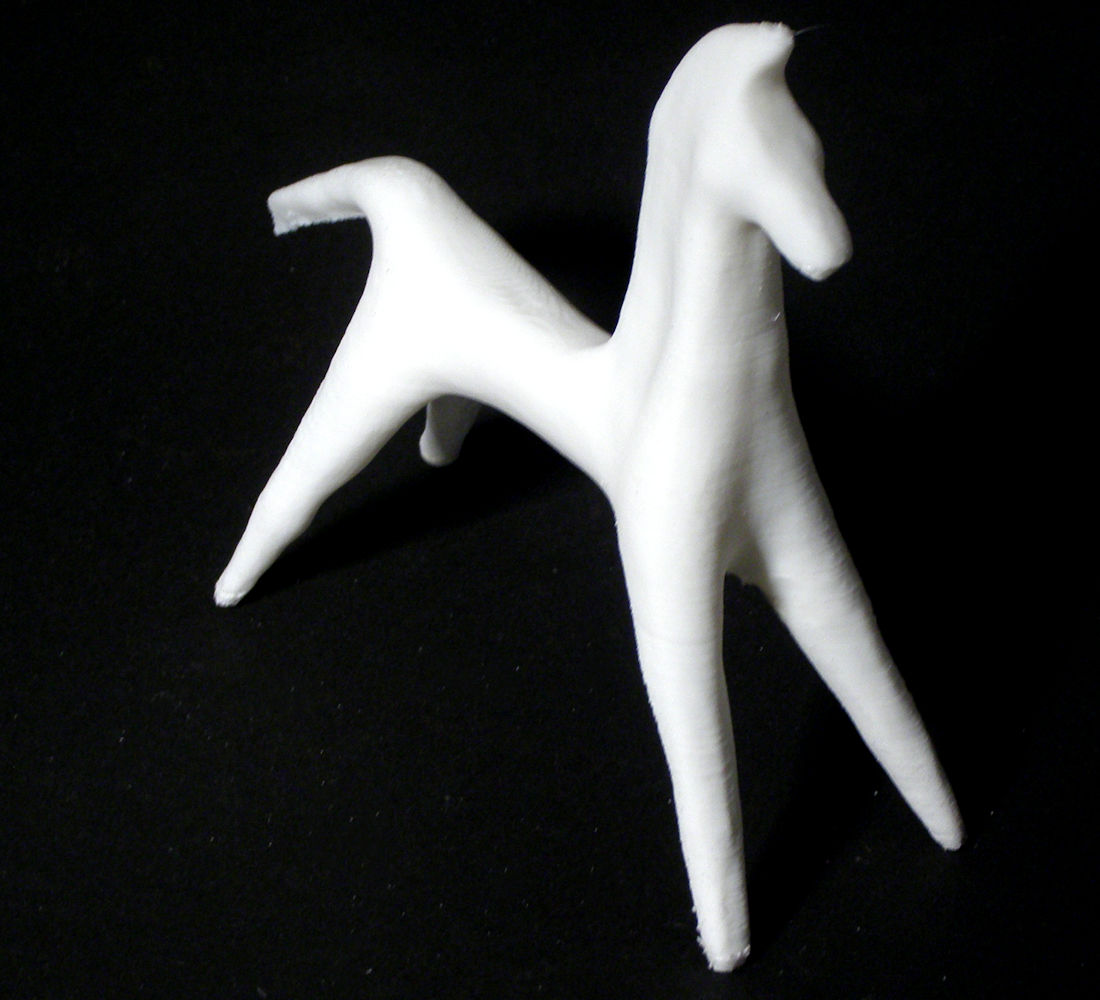
Terracotta Horse at The British Museum, London
myminifactory
In the seventh and sixth centuries BC, the independent city-states of Chalkis and Eretria on Euboea, and Thebes and Tanagra in Boeotia, enjoyed significant success and prosperity. The Euboeans were skilled sailors, probably the first mainland Greeks to establish a foothold at Al Mina on the Syrian coast, and certainly the first to found new colonies in southern Italy and Sicily. Sixth-century Euboean pottery was modeled after that of either Corinth or Athens. 'Chalcidian' vases are named so because they were likely made by Euboean immigrants to southern Italy, possibly at Rhegion (Reggio di Calabria). They are one group in a large number of black-figured vases of unknown origin, combining mainland Greek and western elements of style and subject-matter. The Boeotian city of Tanagra was rich in clay resources, and from the archaic period forward, it appears to have specialized in producing high-quality terracotta figurines. Some hand-modelled animals resemble toys, but the horses and horsemen are reminders of contemporary military activities. This object is part of "Scan The World," a non-profit initiative introduced by MyMiniFactory, which aims to create a digital archive of fully 3D printable sculptures, artworks, and landmarks from across the globe for public access. Scan The World is an open-source community effort; if you have interesting items around you and would like to contribute, email stw@myminifactory.com to find out how you can help. Scanned: Photogrammetry (Processed using Agisoft PhotoScan)
With this file you will be able to print Terracotta Horse at The British Museum, London with your 3D printer. Click on the button and save the file on your computer to work, edit or customize your design. You can also find more 3D designs for printers on Terracotta Horse at The British Museum, London.
